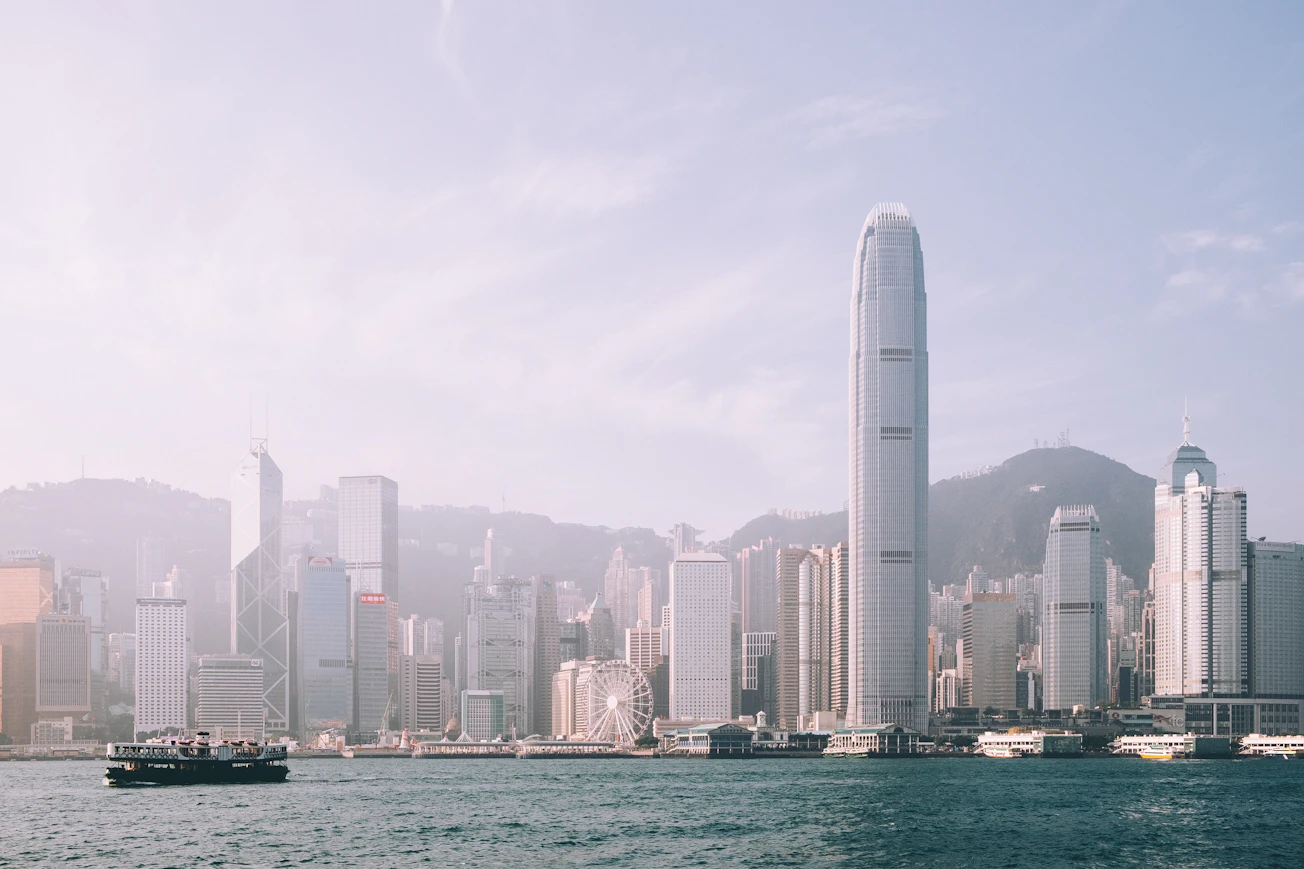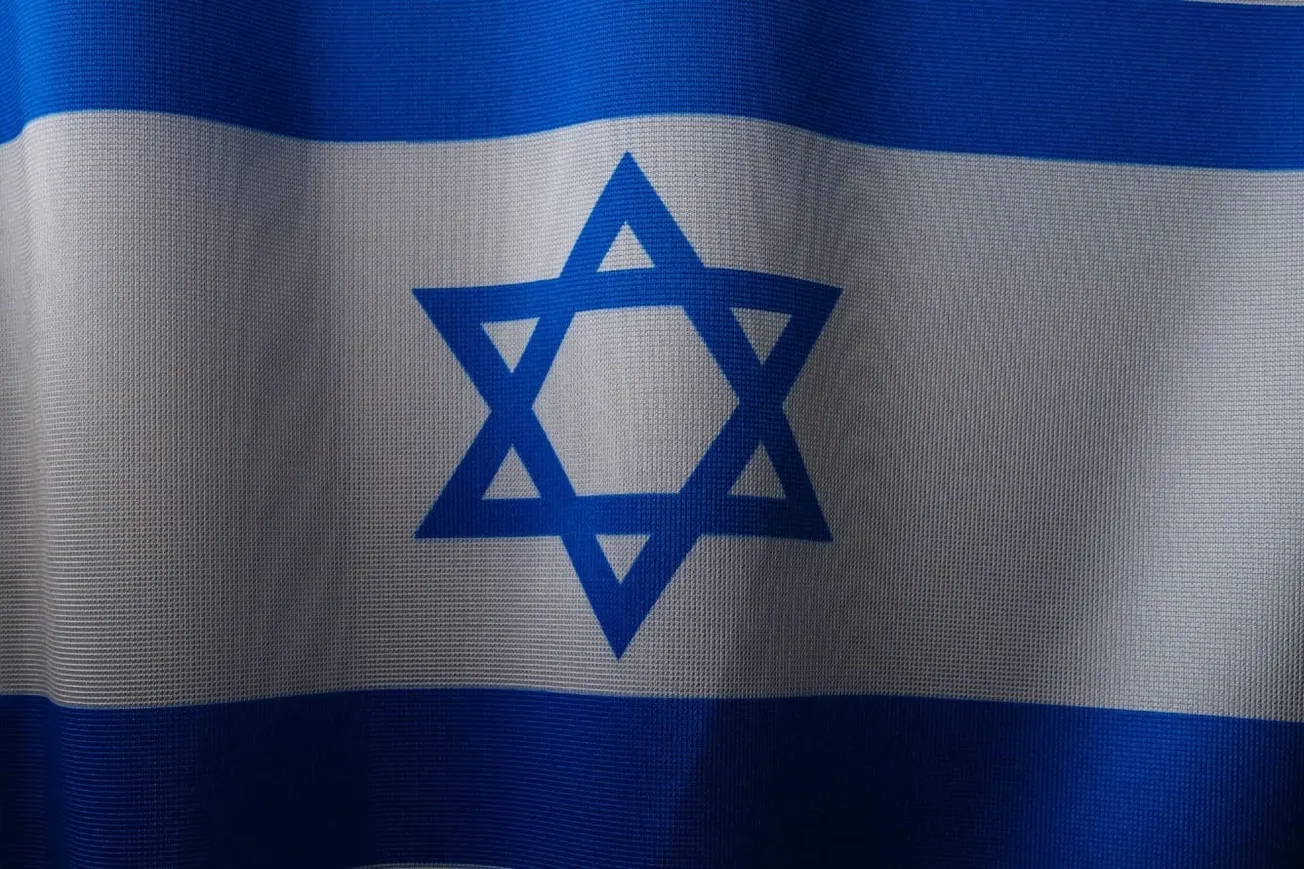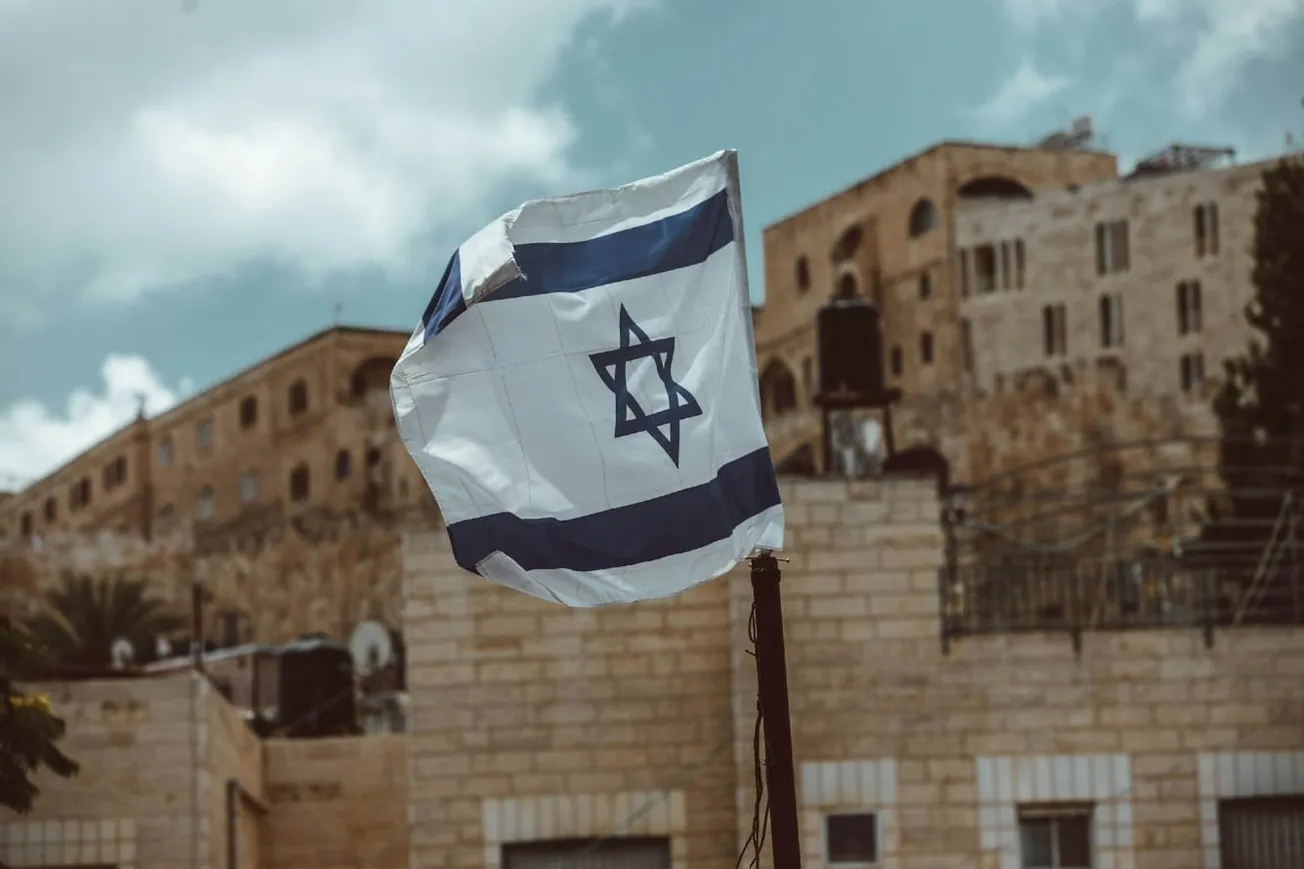Hong Kong, not long ago a fishing village, a “barren island” with no natural resources, became an economic powerhouse with one of the world’s highest standards of living. Meanwhile, the Gaza Strip has been described as a hellhole. There’s a reason the two are so different: The former chose to pursue prosperity while peacefully coexisting for a half century next to a territory-acquisitive communist regime, the latter chose to consume itself with hatred toward its neighbor.
Modern Hong Kong began to take shape in the 1950s. It now has one of the highest concentrations of wealth in the world. But it wasn’t always a paradise teeming with human capital. At the end of World War II, the population was only 600,000, about a third of what it had been before the war due to food scarcity and the flight of refugees.
“Four years of Japanese occupation,” says the Institute of Economic Affairs, depleted the population, “left factories stripped bare, and ended normal commercial activity.”
But by the early 1950s, “an influx of capital and entrepreneurial talent from Shanghai” that began in the late 1940s following China’s communist revolution helped spur “the colony’s industrial development,” says the Library of Congress. The city-state “grew into an international financial center.” The “culture became a mixture of the East and the West,” as locals “absorbed elements of Western art, fashion, food, music, entertainment, and consumer behavior, thus creating a colorful, modern culture unique in Asia.”
While much of the world was moving in the other direction, Hong Kong’s leaders adopted free-market capitalist policies. John Cowperthwaite, financial secretary from 1961 to 1971, was one of the economy’s architects. He had “championed the laissez-faire approach since he arrived in Hong Kong in 1945,” says the Institute for Economic Affairs, and “believed that human progress would best be served by a skeptical stance toward proposed government intervention.”
By no coincidence whatsoever, Hong Kong became “a free-market success story.”
Hong Kong was returned from Great Britain, which held it as a colony, to mainland Chinese sovereignty in 1997, causing many to predict it would wither under communist control. Yet by 2020 it had “survived the Asian financial crisis, the SARS outbreak, and the Great Recession; doubled the size of its economy; and saw the reputation of its financial sector soar from relative obscurity to general recognition as the No. 3 global powerhouse behind New York and London,” says the Brooking Institution.
Not because it was swallowed by a communist regime but because it continued to follow free-market policies.
The Gaza Strip’s recent history isn’t all that different than Hong Kong’s. It, too, was at one time under British control (1918-1948). After 1948’s Arab-Israeli War (five Arab nations attacked Israel after it declared itself an independent state), it was left to Egypt to administer “the newly formed Gaza Strip.” The population was only about 120,000.
Israel took the territory during the Six-Day War in 1967 (preceded by Palestinian guerrilla attacks on Israel in 1966 and failed diplomacy). The Israelis wanted to return Gaza to Egypt in 1979, but Egypt declined. Clearly, the Palestinians of Gaza were too radicalized to be welcomed even by their Arab family.
Twenty-six years later, in what Rabbi Michael Barclay calls the country’s “eternal quest for peace,” “Israel withdrew all of its settlers and soldiers and dismantled its military facilities in the Gaza Strip,” says the Library of Congress. In early 2006, Hamas “won the Palestinian Legislative Council election and took control” of the government. By 2023, the population had grown to 2.3 million.
But in stark contrast to Hong Kong, Gaza has hardly, if at all, developed beyond a Third World existence. Though it is as densely populated as major cities around the world, “it lags far behind” on several measures, including something so basic as the provision of safe drinking water, a failing which ultimately led to a water crisis.
The jobless rate in Gaza is 46%, among the world’s worst (in Hong Kong, it’s less than 3%); 81.5% of the population lives in poverty (Hong Kong, 20%); its infant mortality rate is 22.7 deaths per 1,000 births (Hong Kong, at 0.9729 deaths per 1,000 births, has the lowest infant mortality rate in the world). The children are depressed, the adults too often despairing.
So why the divergent outcomes? Let’s start with customs, traditions, and belief systems.
“Egyptian occupation certainly did no favors toward the development of a civil culture there,” says Vodkapundit Stephen Green in last week’s “What the Hell Is Wrong With the People of Gaza?” PJ Media column.
Intolerance; hatred; tacit support of, and complicity with, terrorists; extremism; fanaticism; and nihilism are all firmly rooted in Gaza’s culture, and all have played out in real time since the savage and barbaric attacks on Israel were launched earlier this month.
Gaza is the product of the choices that Palestinians have made. In one of their worst decisions, while they had their chance to govern themselves after Israel left, they voted to hand the government to a terrorist organization. And they have continued to reelect the Hamas government that has often abused them (and has demanded they remain in Gaza as human shields to protect the militants from Israel’s campaign against Hamas).
No one should be surprised that little progress has since been made toward modernity. Rather than plan for a future by educating, laying down infrastructure and liberalizing the economy, Hamas set up a terrorist state. The quality of life for those in Gaza has been neglected by Hamas leaders, who “have instead focused on building rockets and tunnels,” writes Eric J. Gertler, executive chairman and CEO of U.S. News & World Report.
Consequently, Palestinians – who are nothing more than the residents of Gaza, since there is no nation of Palestine or a Palestinian ethnicity – are still poor, their educations substandard, and they are without much hope.
It bears mentioning that before it became a state, the land that is now Israel was barren, much the same as Gaza. Yet over 75 years, the Israelites, when not fighting for their very existence in three wars against Arabs, and frequently enduring unprovoked terrorist attacks and militant strikes, “made the desert bloom,” European Commission President Ursula von der Leyen said earlier this year
“Early Jewish immigrants took a desert wasteland and turned it into the flourishing and thriving place we see today,” writes Zina Rakhamilova, co-founder and CEO of a digital marketing firm that specializes in geopolitics.
“Despite coming home to a barren land filled with swamps and malaria, Jewish immigrants were determined to rebuild their homeland and began to cultivate the land,” she continued, employing modern agricultural techniques. They also “expanded trade and tourism,” and ambitiously built out “coastal cities like Jaffa, Tel Aviv, Haifa and Acre.”
Why couldn’t this have happened in Gaza?
The answer is obvious.
Of course the political left and terrorist sympathizers the world over claim that Gaza’s humanitarian crisis – life in an “open-air prison” – has been caused by Israel’s occupation. But no, Israel is long gone, and while it guards its border with Gaza and the territorial waters of the Mediterranean Sea off Gaza’s coast, as any nation would when terrorists who want to wipe you from the face of the earth live next door, Gaza has a border with Egypt to the south, with a crossing at Rafah, which has been called “a vital link between Gaza and the rest of the world.”
It can’t be much of a prison when the gate is always swinging open.
Had Hamas tried to establish peace and economic cooperation with Israel, there’d be no “prison walls” for its Western apologists to imagine. But Hamas has rejected reason and decency, and stayed true to its stated goal of destroying the Jewish state through jihad, which is another reason Gaza in no way resembles Hong Kong.
What about the charge that is an apartheid state, a charge that’s been irresponsibly hurled for years? Let Jihad Watch explain:
In Israel, Arabs sit on the Supreme Court, serve in the Knesset, go abroad as ambassadors. The chairman of Israel’s largest bank, Bank Leumi, is an Arab. Jews and Arabs work in the same factories and offices, play on the same sports teams and in the same orchestras, act in the same films, are treated in the same hospitals by both Jewish and Arab medical personnel, attend the same classes in the same universities. Jews and Arabs own restaurants and start high-tech businesses together. The only difference in their treatment is that Jews must, while Arabs may, serve in the military.
Gaza and Hong Kong were in similar places at the end of World War II. Yet one has suffered and caused much suffering, the other has prospered. Each arrived at where they are today because their vast cultural differences led them down different paths. It gives us no pleasure to point this out. We wish the people of Gaza had made better choices. But we can’t rewrite history, nor will we ignore the truth.
— Written by the I&I Editorial Board









